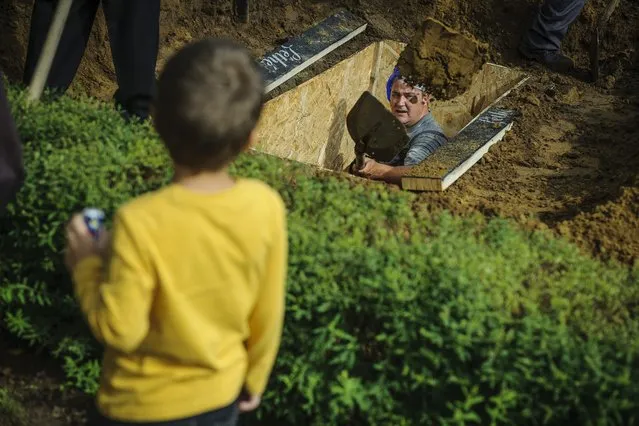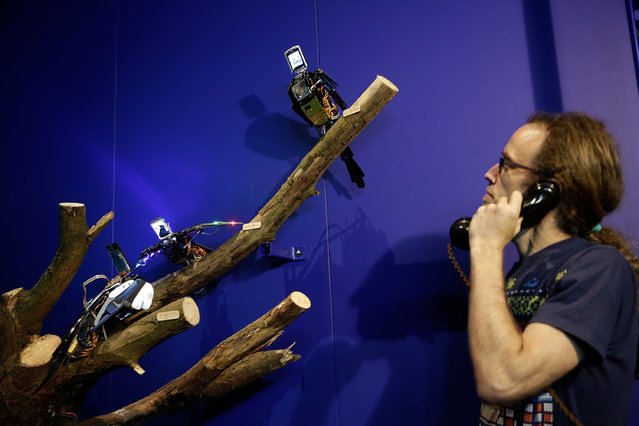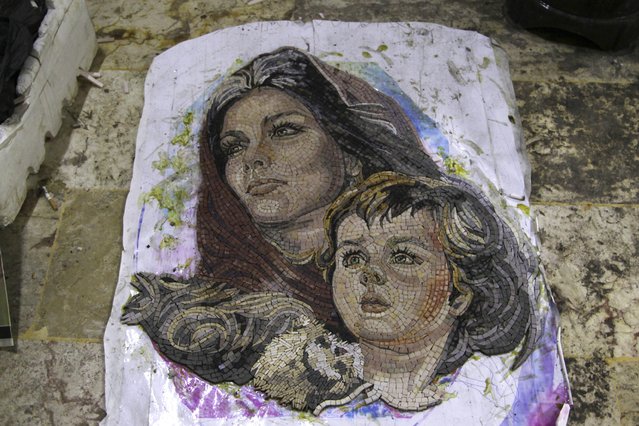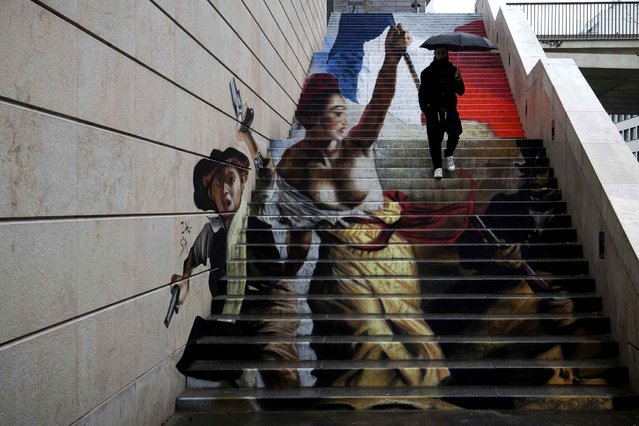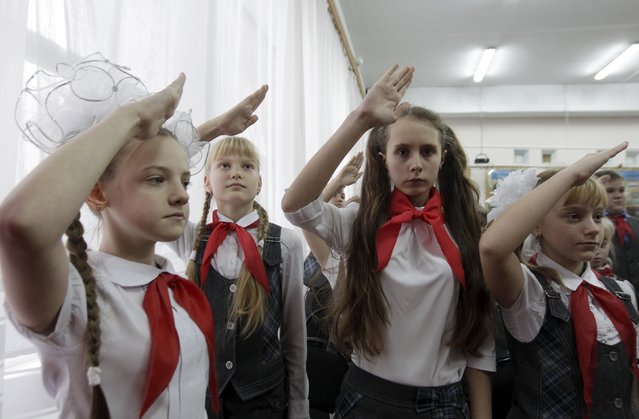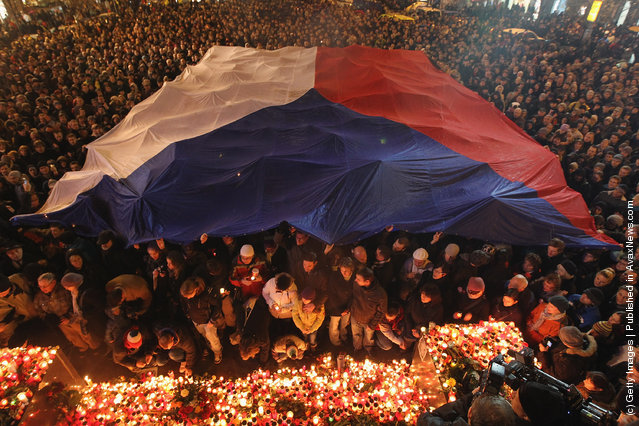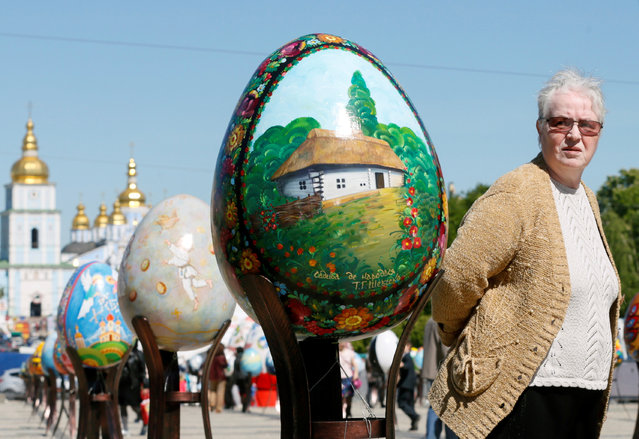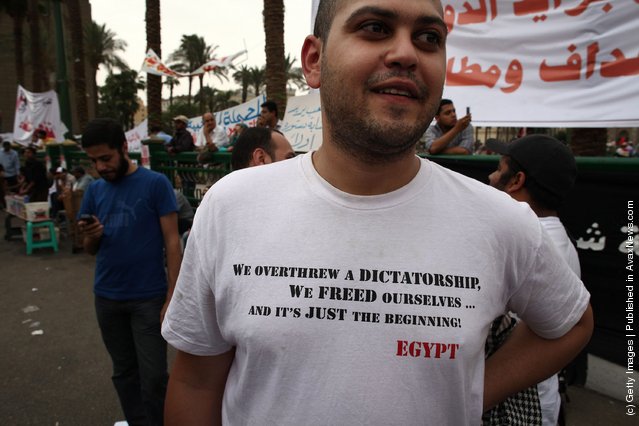
A demonstrator wears a message on a t-shirt in Tahrir Square on May 27, 2011 in Cairo, Egypt. The ruling Supreme Council of the Armed Forces said that there would be no use of violence against protests dubbed “the Second Revolution of Anger” taking place in Cairo and other cities in Egypt. (Photo by Peter Macdiarmid/Getty Images)
28 May 2011 08:33:00,post received
0 comments

